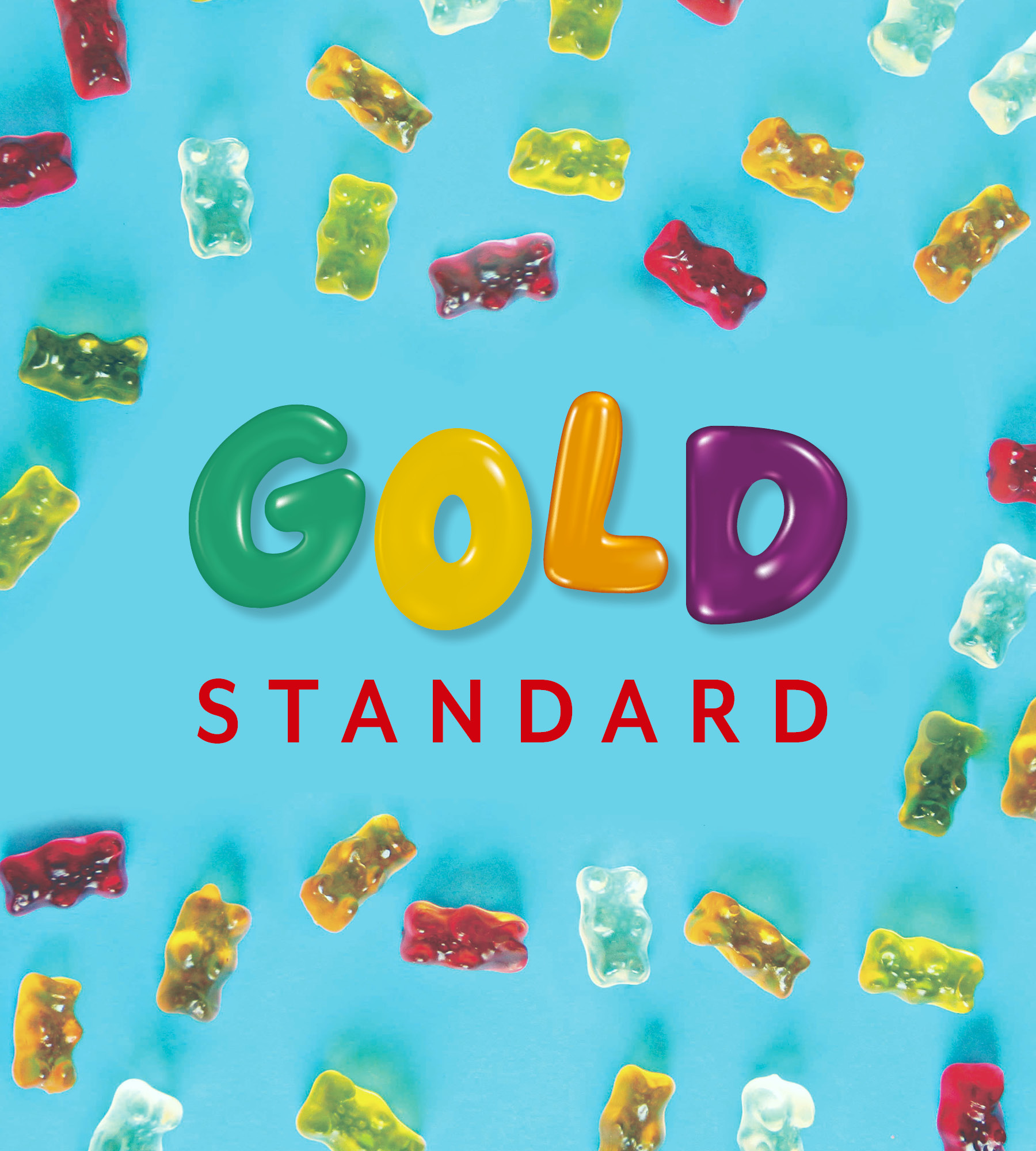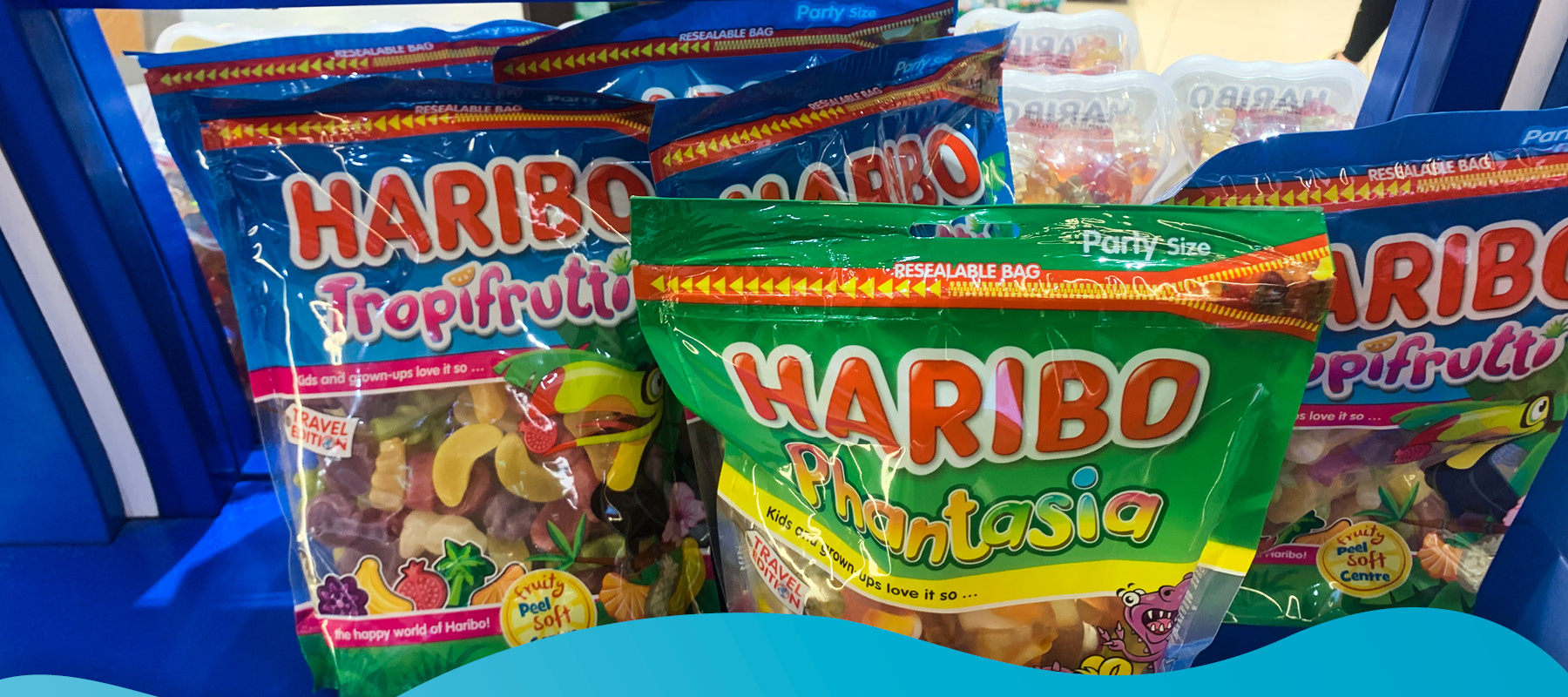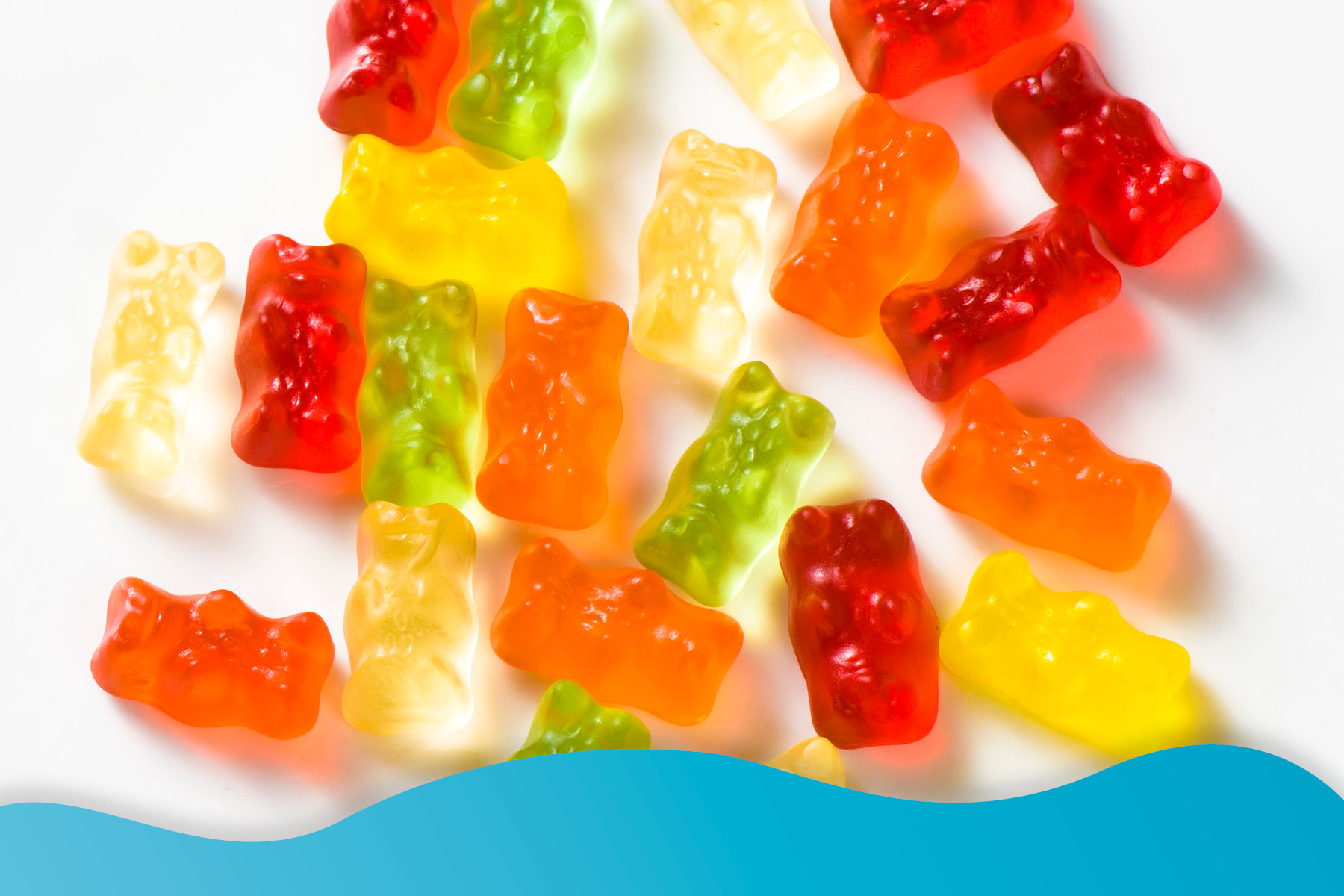Language
You can read the magazine in one of the following languages
Geolocation
You can read the global content or the content from your region

Some products have existed for so long it’s difficult to imagine a world without them. Haribo’s classic gummy bears are one such example and although you might not immediately know the brand name, most of us are almost certainly familiar with its iconic Goldbears.
The German family-owned business celebrated its centennial in 2020, a milestone that speaks to the brand’s long-standing commitment to quality and consistency.
The promise of bringing joy to the lives of kids and adults – ‘Haribo macht Kinder froh und Erwachsene ebenso’ – is widely known among consumers, who likely have fond childhood memories of devouring gummy bears and may even continue reliving this pastime as adults.
The brainchild behind what has become a worldwide household name was Hans Riegel Sr, who began his venture in the spirit of a true entrepreneur.
With a copper pot and rolling pin in hand, Riegel created the very first sweets in a small backyard laundry kitchen in 1920 and, in the first few years, his wife Gertrud made the deliveries via bicycle. Riegel decided on an acronym consisting of his initials and the city of Bonn – and voila, Haribo was born.
During this time, the foundation for the brand was laid with the birth of two groundbreaking inventions: the dancing bear, Tanzbär, and the licorice wheel, Lakritz Schnecke.

– Beth Kimmerle
The end of World War II marked a new era in which Riegel’s sons – Hans Riegel Jr and Paul Riegel – took charge of the company’s sweet fortune, following the death of their father. After inventing more than 200 sweets, Hans Riegel Jr amassed an estimated net worth of US$2.9 billion.
Today, the brand’s ownership is split between the Riegel family and Dr. Oetker, one of Germany’s largest family-run businesses. According to the 2023 EY and University of St. Gallen Family Business Index, Germany is a key driver in upholding the tradition of family enterprises in Europe, with the average age of German companies on the Index being 109 years.
So what can be learned from this 100-year-old business that continues to delight contemporary consumers?
“Although Haribo was not the first to make gummy candy, the unique shapes and vivid colors they innovated, starting with gummy bears, put them in a category of their own,” explains candy expert, historian and Attributes Analytics Owner Beth Kimmerle.
Haribo’s recent innovation Berry Clouds was awarded Product of the Year as part of the 2023 Product of the Year USA Awards. According to Kimmerle, this achievement is evidence that the legacy company is in tune with the taste buds of its global customers, carefully tailoring its product offering to suit various cultural preferences.
“Culture absolutely plays a role in what we prefer when it comes to flavors and the food we eat,” she explains. “Some cultures may be much more inclined to eat sour foods and others might have a higher threshold for sweet, and this plays out in treats.”

– Beth Kimmerle
From an array of sour sweets in Türkiye and Jelly-Cola in Middle Eastern countries, to soft gummy peaches in Asia and tropical fruit flavors in Portugal, it’s evident that variety is Haribo’s secret sauce.
This approach extends to the brand’s communications department, where thinking globally but acting locally applies just as much to sustainability and corporate responsibility as it does to marketing and product development.
“In order to achieve our international goals, strategic communication that is excellently tailored to local requirements is essential,” said Herwig Vennekens, Managing Director of Marketing and Sales at Haribo, in an interview with a communications journal. “This particularly applies to our sustainability activities and CR [corporate responsibility] measures.”
In the United States, where the company has met growing demand with the opening of a new state-of-the-art factory in Wisconsin this year, Haribo is committed to diversifying its offering while giving its classic Goldbears a chance to remain the stars of the show.
“Haribo has been the world’s number one gummy brand for over a century because we stay true to our heritage while also driving to innovate, and that’s all inspired by our consumers,” stated Rick LaBerge, Chief Commercial Officer of Haribo America, in a recent press release.

– Rick LaBerge
Perhaps the global success of the Haribo brand can also be attributed to having reliable, high-performance software that ensures more than 160 million Goldbears are churned out each day.
“If the Haribo logistics center was compared to an orchestra, WAMAS [logistics software] would be its conductor,” said Stefan Sorce, Head of Global Logistics at Haribo, when talking to logistics solutions provider SSI Schaefer Group.
In Rhineland-Palatinate, where production covers a vast area equivalent to seven football fields, automation and intelligent systems are at the heart of grounding the company’s vision in reality as well as executing high-level plans, Sorce added.
Haribo renamed its gummy bears Goldbears in the 1960s, making a clear distinction between its signature bear-shaped gummies and competitor products on the market.
Haribo has safeguarded its registered trademark and number one product, even taking rival confectioner Lindt to court in 2012 due to similarities between the Goldbear and the Swiss chocolatier’s gold foil-wrapped Lindt teddy.
“I believe that assigning that name has acted as a north star for the company,” Kimmerle says. “By creating iconic shaped treats and staying true to their roots, they’ve not been trapped by trend, licensing deals or consumers’ fleeting flavor preferences. Consumers know exactly what they are getting with a bag of Haribo.”
Kimmerle also notes that the timeless shapes and rainbow colors of Goldbears are features that made them an instant classic for consumers.

– Eddie Stableford
“Traditional gummy candy has strong ties to childhood and nostalgia,” she says. “Gummy candy, with its bold colors and fruity aromas, is desirable when people are feeling playful, silly and extroverted.”
Indeed, the brand has fully capitalized on the sensory experience of gummy sweets, beginning with its packaging design.
“Haribo ticks all the boxes,” Eddie Stableford, a leading food brand expert in the United Kingdom and Founder of Street Food Box, tells The CEO Magazine.
“Its big, bold brand is always given prominence on a brightly colored background with a big window for excellent product visibility. The eye is immediately attracted by the gummies and the minimalist pack design doesn’t get in the way of the right-hand side of our brains becoming emotionally connected.
“Essentially, the brand and packaging presentation uses the ‘less is more’ design principle and it lets the product be the hero.”